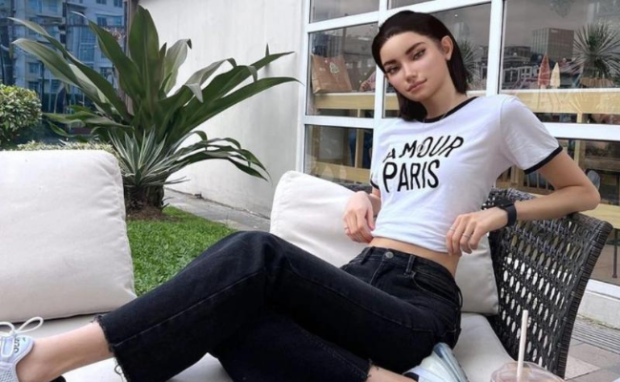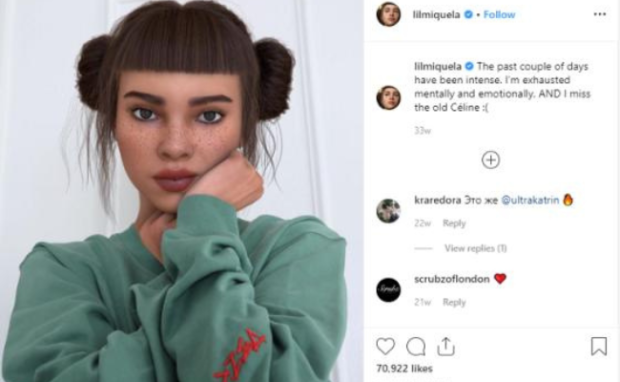First PH Virtual Model Berlina Not “Filipino Enough,” Says Comments
The Philippines’ first virtual model Berlina debuted on December 23, 2022. Shortly after, the account received a lot of backlash from Filipinos.
They slammed the model for having a slim figure, fair skin, and narrow eyes, which are not typical of most people in the country.
However, according to When in Manila, the model uses the facial features that most Filipinos allegedly like.
What did the netizens say about Berlina?

Photo Credit: interaksyon.philstar.com
Filipino online users criticized the virtual model for having a physical appearance based on unrealistic beauty standards:
“Even the non-human Filipino models look white lol,” entrepreneur Amira de Vera stated. Someone said, “Feed her some rice, somebody.”
“…She doesn’t look like a Filipina and may have unrealistic beauty standards. Rename it to a cute A.I. model instead since she doesn’t represent a trace of being Pinay,” another person said.
“Would’ve been more amazing if her body was of average size,” one user said. Another one stated:
“UGH! Not [Philippines] being a copycat again. Can we not create another “Lil Mickela’ [sic] guys? Let’s support, hire, and appreciate human models [more] than this thing.”
The last statement compares Berlina to Lil Miquela, an American virtual influencer that debuted in 2016.
What is a virtual influencer?

Photo Credits: thestyletitle.com
You are probably wondering why the Philippines released its first virtual model. Believe it or not, it is a trend in other countries.
For example, the World Health Organization (WHO) used a virtual influencer named Knox Frost to promote its COVID fund.
Virtual influencers usually adopt a persona when posting on social media. They could post details about what they did recently or show moments in their lives.
Of course, virtual influencers do not have real lives, but these personas make them look more convincing to people.
Why do companies use virtual influencers? Believe it or not, these digital models can be part of an effective marketing strategy.
They could easily fit a brand’s needs without the risk of controversy or scandal. A company could tailor-make its virtual influencers to follow its goals consistently.
For example, South Korea has a virtual influencer named Seraphine Song. It usually posts about shopping or going around town while projecting a chipper attitude.
Nowadays, Seraphine is a playable character in the famous online game League of Legends. She behaves similarly to how she does as a virtual influencer.
The fashion industry has been adopting this technology for years as an easier way to promote apparel and other products.
Berlina follows this trend in her Instagram photos of her wearing trendy clothes while posing with supercars.
Nowadays, more fields are trying to use virtual influencers to represent their brands. After all, it is becoming easier thanks to artificial intelligence.
For example, Alethea AI allows people to create realistic digital characters with complex personalities and physical characteristics.
Conclusion
Filipinos slammed Berlina, the Philippines’ first virtual model, for not lacking Filipino physical features.
They said the model does not accurately represent what Filipinos look like. Perhaps its creators would change Berlina’s looks when they add the model’s personality later.
How will technology change daily life with the rise of virtual influencers and artificial intelligence? Follow Inquirer Tech to learn more about the latest digital trends.
Read Next
Subscribe to INQUIRER PLUS to get access to The Philippine Daily Inquirer & other 70+ titles, share up to 5 gadgets, listen to the news, download as early as 4am & share articles on social media. Call 896 6000.
For feedback, complaints, or inquiries, contact us.
For all the latest Technology News Click Here
For the latest news and updates, follow us on Google News.



